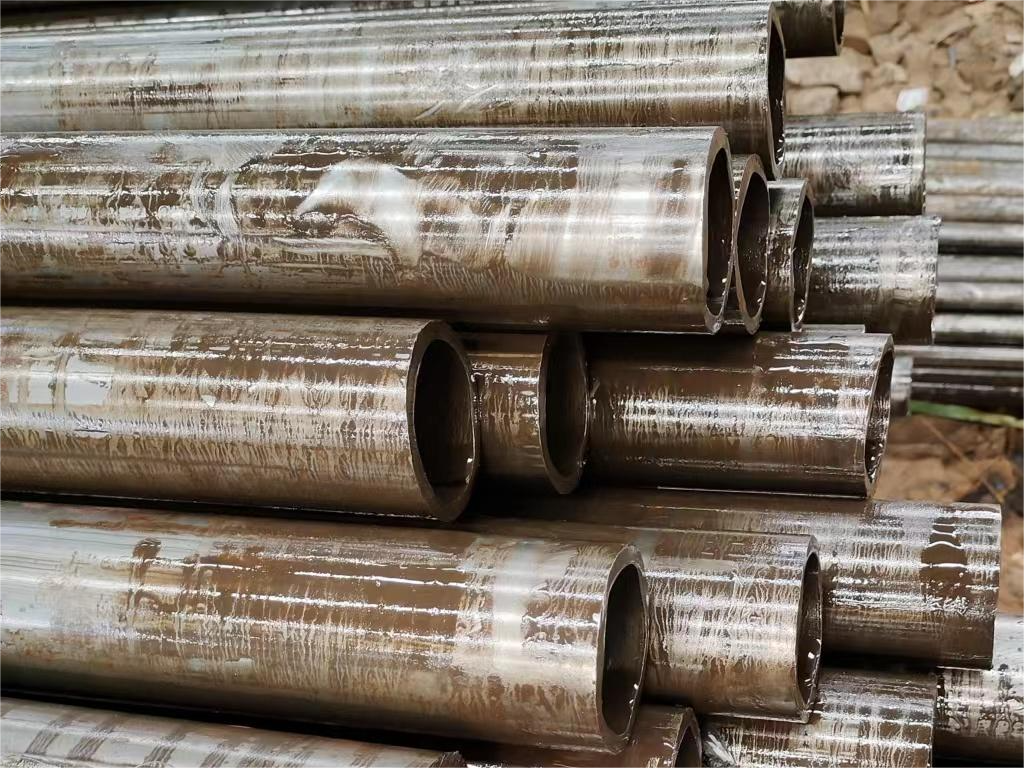China’s exports continued to beat expectations in August. According to statistics, in the first eight months of this year, China’s export (RMB) increased by 14.2 percent year-on-year, of which exports increased by 11.8 percent. In the export of goods, the national export of steel in August 6.153 million tons, a year-on-year growth of 21.8%, in month-on-month reduction at the same time, the year-on-year growth rate continues to improve substantially. From January to August, China exported 46.225 million tons of steel, down 3.9% year on year, and the year-on-year decline narrowed by 3 percentage points. It is increasingly likely that China’s steel exports will turn down to up in 2022.
Indirect exports of steel remained strong. In the first eight months of this year, China’s export of mechanical and electrical products (RMB, the same below) increased by 9.8% year on year, accounting for 56.5% of the total export value. Among them, the export of automobiles increased by 57.6%, the export of loader manufacturing enterprises increased by 23.4%, and the export of excavator manufacturing enterprises increased by 56.7%.
Looking into the trend of steel export (including indirect export, the same below), there are two main factors that will become export support in the future.
First, the depreciation of the RMB exchange rate against the US dollar has improved the export competitiveness of Chinese steel and steel consuming products. The monetary policies of China and the United States have been at odds this year. While the US Federal Reserve aggressively raised interest rates, China’s monetary policy was dominated by China, which implemented relatively loose monetary policy and lowered the reserve requirement ratio and interest rate for many times, resulting in the Sino-US currency spread and the depreciation pressure of RMB against the US dollar. The offshore renminbi fell below the “7″ level against the dollar on September 15 and recently fell below the “7.2″ level for the first time since February 2008.
Looking forward to the future monetary policy trend of China and the United States, the market generally believes that the Federal Reserve will continue to aggressively raise interest rates due to the serious inflation situation, and the market even once rumored to raise interest rates by 100 basis points. Analysts say that the rate hikes by central banks in the U.S. and Europe could raise the global benchmark interest rate to nearly 4 percent, an increase of more than two percentage points from 2021. The World Bank reckons it may need to raise rates by as much as two percentage points if inflation is to be effectively tamed. In contrast, China’s monetary policy is looser and financial institutions are likely to implement new interest rate and reserve requirement ratio cuts. As a result, there may be a new moderate depreciation of the renminbi against the dollar. The depreciation of the renminbi against the US dollar, other things being equal, has correspondingly improved the export competitiveness of Chinese steel and steel-consuming products.
Second, tight energy supply and sharply rising prices in Europe and other countries will impact their steel production, providing space for Chinese steel and steel-consuming products demand. For some time, because of the geopolitical influence, such as the war between Russia and Ukraine, some countries in Europe and Asia have been tight on energy supplies, and their prices have skyrocketed. For example, the price of electricity in France is five times that of last year, and the price of natural gas is 10 times that of last year. Similar situations exist in Germany, Japan and South Korea. The situation is expected to get worse as winter begins. If Russia completely “runs out of gas” to the EU, the production of high-energy-consuming metals and steel-consuming products in the region will suffer a great impact, or the price will be raised due to the cost pressure, which will also increase the demand space for Chinese steel and steel-consuming products. Analysts say that the energy crisis in Europe is turning into an industrial crisis and a crisis in steel production. According to the Confederation of German Industry, Germany’s extra energy costs this year amount to more than 10 billion euros, equivalent to a quarter of the average annual sales of the German steel industry. The president of the Confederation of German Industry said that this would cause a major impact on the competitiveness of German steel products, which would be squeezed out by imports. Some companies are already suspending production, waiting for energy prices to fall.
Supported by the above two factors, China’s steel exports are expected to remain in a good situation. Among them, the possibility that annual steel direct export turns down to rise is bigger and bigger, steel indirect export will maintain exuberant
Post time: Oct-07-2022

